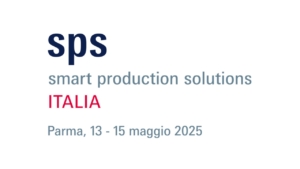
SPS Italy 2025 Parma. Women in ICT, a question of justice, an urgent need
SPS Italia and Scuola di Robotica are organising a work table dedicated to girls and young people: students from technical institutes, ITS and engineering universities
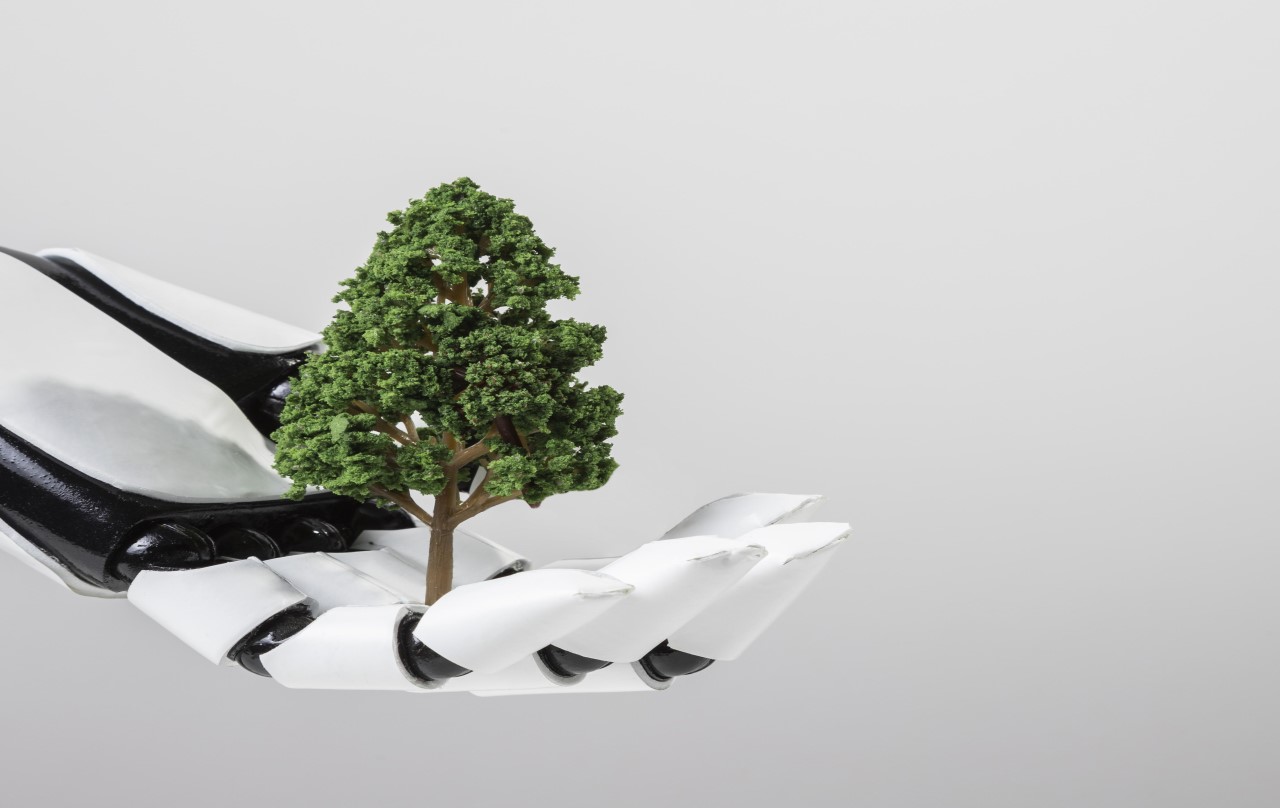
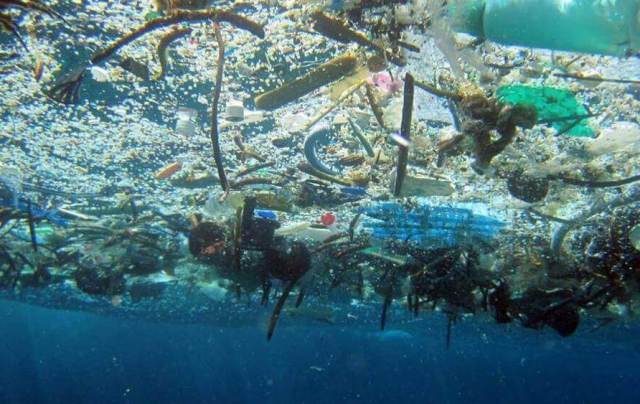 Every day we read news about marine pollution. Newspapers, TV and publications report terrifying data on the amount of plastic dispersed in the environment. By now it is a reality, this material is occupying every corner of the Earth and of the Sea all over the planet.
Every day we read news about marine pollution. Newspapers, TV and publications report terrifying data on the amount of plastic dispersed in the environment. By now it is a reality, this material is occupying every corner of the Earth and of the Sea all over the planet.
A survey carried out by two Italian researchers has shown that there is no beach in the world that is not contaminated by plastic. The Ellen MacArthur Foundation, the world’s leading institution for the development of the circular economy, counted over 165 million tonnes of plastic at sea in 2016. But the trend in pollution is worsening dramatically. This year, the Foundation’s report outlines a devastating future for our seas, predicting that in 2040 the sea will be inhabited by 600 million tonnes of plastic and that in 2050 there will be more waste than marine animals in the sea.
Faced with such a huge problem, we often find it difficult to imagine solutions, alternative futures, changes of course that will allow us to ensure that future generations and ourselves in the future will still be able to walk along a seafront or dive into deep water without seeing, or colliding with our bodies, eternal and disgusting waste, indelible human traces in the most negative sense of the word. The thought of having to find solutions to problems that are so much bigger than us often destabilises us, making us forget the importance of the contribution that each of us can make, as citizens of the world and inhabitants of planet Earth, to this change of direction, this necessary transformation in the way we relate to planet Earth. The future is therefore in our hands and even more so in those of future generations.
Can we, as educators, parents or simply as adults, limit ourselves to reporting these worrying figures to children and young people? Are large numbers and photos of disfigured exotic places enough to give us the stimulus to change and rethink our behaviour? The answer, alas, is for the most part negative…Often these figures remain figures without a real form or consistency, not very tangible and perceived as distant. In order to achieve a change of behaviour in young people and to carry out the education of respecting the environment in an effective way, we need something that is able to touch the emotional sphere of young people, that is able to entertain them and arouse emotions in them. In times we live in, in which, as never before, digital technologies are part of the lives of children and young people, what better tools than technological and interactive ones can be put at the service of this purpose.
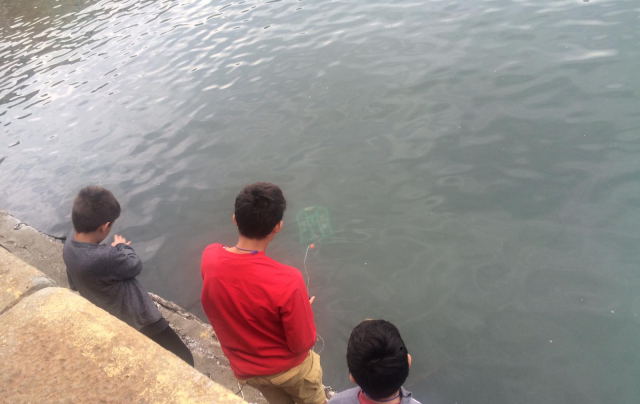 With interactive and/or digital tools an active communication is generated that involves and arouses emotions. And are these very emotions and involvement that give life to the learning process. A child who interacts with a robot or a digital program, plays and has fun and, effortlessly, learns concepts that if they were learned with traditional didactics. If the aim is to make children aware of the need for environmental protection, then it will be more effective and more impactful to demonstrate the effects of land pollution through a remote-controlled robot or interactive programme. The adventure would be so unique and exciting that it would remain indelibly imprinted on the child’s memory and bring with it the learning. Here the memorization of the information coincides with the experience itself, passes through the game and goes through the fun.
With interactive and/or digital tools an active communication is generated that involves and arouses emotions. And are these very emotions and involvement that give life to the learning process. A child who interacts with a robot or a digital program, plays and has fun and, effortlessly, learns concepts that if they were learned with traditional didactics. If the aim is to make children aware of the need for environmental protection, then it will be more effective and more impactful to demonstrate the effects of land pollution through a remote-controlled robot or interactive programme. The adventure would be so unique and exciting that it would remain indelibly imprinted on the child’s memory and bring with it the learning. Here the memorization of the information coincides with the experience itself, passes through the game and goes through the fun.
We at Scuola di Robotica have been carrying out environmental protection projects for several years and naturally we do so using the most varied technologies. Our edutainment projects, which therefore include training and entertainment, involve the use of robots, interactive tools, programs and coding and 3D printing to talk about pollution and to teach children about recycling, reuse and good practices to be adopted to create a sustainable future together.
With the project il Mare in 3D (3D Ocean) we create innovative solutions for the recovery and recycling of plastic materials. First, we collect plastic on the seabed and from the coast and then we transform it into filaments to be used with 3D printers. The material, once treated, we use to create educational kits for schools. Also, with the Robot Damare project (expression difficult to translate because it is understandable in Italian, Da mare, from the Sea, Damare means also to love) aims to make children aware of the need for environmental protection. For this reason, we propose creative robotics workshops to create mini underwater robots using reused materials, we explore the seabed with marine robots and program robots that are able to clean a digital sea from pollution.
In so many ways technology can be a means to prevent the growing of environmental pollution, so let us educate our children, our pupils and our young people to learn the right use of technological means. The environment will thank us first of all.

SPS Italia and Scuola di Robotica are organising a work table dedicated to girls and young people: students from technical institutes, ITS and engineering universities
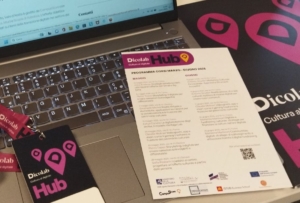
DICOLAB courses are developed to improve the skills of the staff of the Italian Ministry of Culture and other public administrations, of the staff of
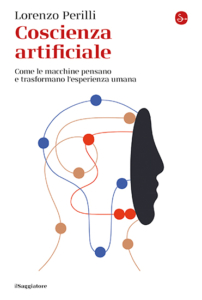
Lorenzo Perilli, Director of the Department of Literature, Philosophy and Art History at the University of Rome Tor Vergata, is a philologist and historian of
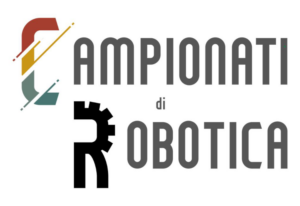
The Italian initiative, promoted by the Ministry of Education and Merit, as part of the Robotics Championships project, aims to enhance students’ scientific and technical
Write here your email address. We will send you the latest news about Scuola di Robotica without exaggerating! Promised! You can delete your subscription whenever you want clicking on link in the email.

© Scuola di Robotica | All Rights Reserved | Powered by Scuola di Robotica | info@scuoladirobotica.it | +39.348.0961616 +39.010.8176146 | Scuola di robotica® is a registered trademark